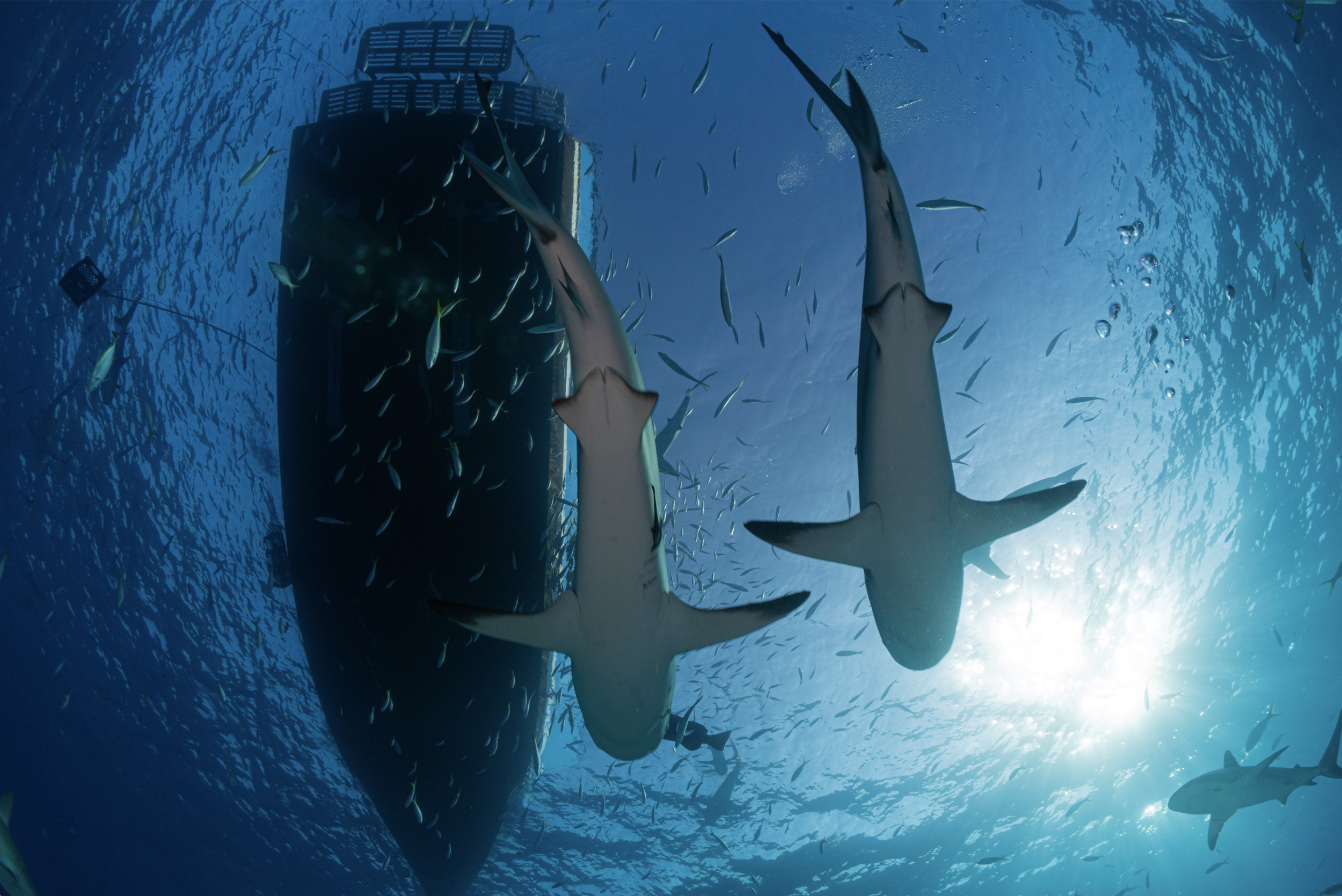Global Shark Tourism is a Billion Dollar Industry
SHARKS and rays are the superstars of dive tourism
When the conversation turns to shark economics, most people will go straight to numbers contributed through commercial fishing for shark fins and shark meat. But by far the biggest impact is made by other industries such as dive tourism and recreational fishing. If sharks are protected they represent a renewable resource that can continue fueling the economy for years to come. Nature-based tourism is one of the fastest growing sectors of the tourism industry, and divers are especially keen to see sharks. The dive industry in turn provides jobs for non-skilled workers and trained professionals alike and benefits a wide range of people. This income and employment stimulates local economies through an increased demand for transportation, lodging, food, nature interpretation, not to mention, souvenirs, photography, postcards, and the sale of dive equipment and merchandise.
According to DEMA, recreational scuba diving and snorkeling contribute about $11 billion to the US gross domestic product. And according to PADI, shark diving has become a popular sport among the estimated 7 million active divers. Not to mention, 71% of all divers willing to pay more to observe sharks than any other species.
Whale watching is a perfect example of how an industry can change and benefit the animals as well as the economy. Only decades ago we still killed whales for their blubber. A study in 2008 showed that globally, the whale watching industry is now worth more than $2 billion annually. In 2008, 13 million people participated in whale watching in 119 countries and territories, generating total expenditure of $2.1 billion. Furthermore, an estimated 3,300 operators offer whale watching trips around the world. The operators employ an estimated 13,200 people.
GLOBAL SHARK DIVING REVENUES
As determined by a Research paper by Cisneros-Montemayor et al., 2017, The global shark diving industry generates $314 million per year, directly supporting 10,000 jobs. This is expected to double within the next 20 years, generating more than $780 million per year. By comparison, the landed value of global shark fisheries is currently $630 million and has been in decline for most of the past decade, mainly as a consequence of overfishing.
Here are some international yearly revenues from shark diving:
The Bahamas $113.8 million. As home to the largest dive industry in the world, tourism alone, generates 60% GDP for the country and employs half of their population.
Fiji $42.2 million.
Australia $25.5 million.
Palau $18 million.
Maldives $8.1 million (manta ray watching).
French Polynesia $5.4 million. The 13 sharks most often observed at the site had an average contribution each of around $316,699. Any one of these sharks represents a potential contribution of $2.64 million during its life span.
For more information read these two excellent papers:
Global economic value of shark ecotourism: Implications for conservation (by Cisneros-Montemayor et al., 2017)
Global shark currency: The distribution frequency and economic value of shark ecotourism (by Gallagher and Hammerschlag 2010)
WE ARE LOSING OUR INCOME GENERATING SHARKS
While various species sustain nature-based tourism markets, it is the large and charismatic species, including predators, which arguably draw the most attention (i.e. whales, eagles, big cats, sharks) from tourists. Of the 24 shark species most commonly encountered by divers on organized trips, 83% appear on the IUCN’s Red List of Threatened Species mainly due to excessive fishing, and 54% are preferred species for shark fin soup.

